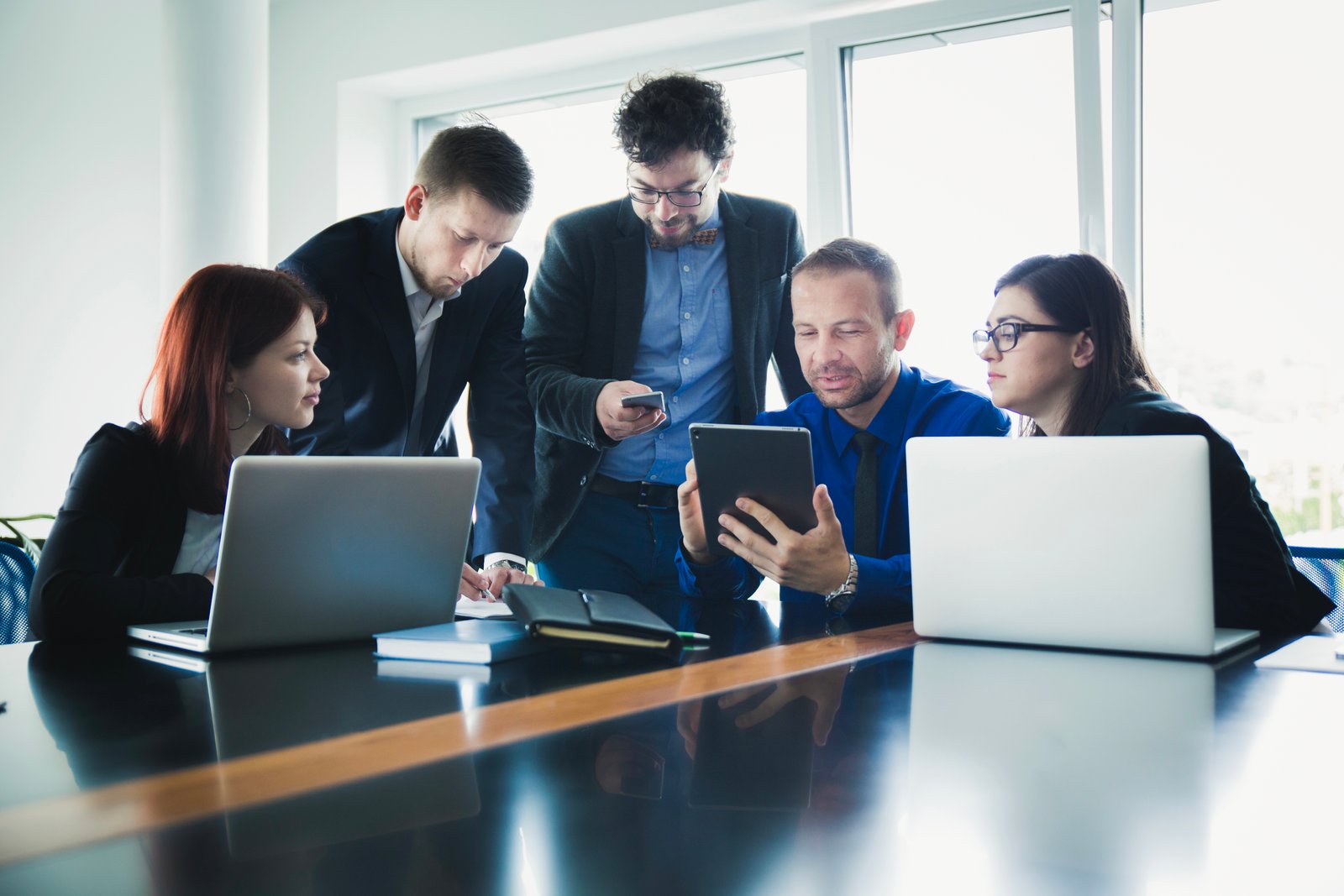
Data migration is a critical component of implementing NetSuite, a leading cloud-based ERP system. Proper planning and execution are essential to ensure data accuracy, integrity, and minimal disruption to business operations. This comprehensive guide outlines the top strategies for effective data migration to NetSuite, addressing key considerations and best practices for each phase of the process.
Understanding ETL (Extract, Transform, Load)
The ETL process is foundational to data migration. It involves three main steps:
- Extract: Data is pulled from the legacy system or systems.
- Transform: Data is cleaned, transformed, and mapped to the new system’s format.
- Load: Transformed data is loaded into NetSuite.
Effective ETL requires robust tools and processes to handle the complexity of data from different sources and formats. Choosing the right ETL tools can significantly impact the efficiency and accuracy of your migration. Modern ETL tools offer advanced features such as real-time data processing, integration with multiple data sources, and automated data quality checks.
Data Mapping
Data mapping is the process of matching fields from the legacy system to corresponding fields in NetSuite. This ensures that data is accurately transferred and functional in the new system.
Best Practices:
- Conduct a thorough analysis of both systems: Identify all data elements and their relationships. This step involves working closely with business users to understand how data is used in the current system and how it will be used in NetSuite.
- Use mapping tools: Tools like Talend, Informatica, and NetSuite’s own data import tools can automate and validate mappings, reducing the risk of errors.
- Involve business users: Ensure mappings reflect business needs and processes. Business users can provide insights into how data should be transformed and mapped to meet business requirements.
Data Cleansing
Data cleansing involves identifying and correcting inaccuracies, inconsistencies, and duplications in the data. Clean data ensures higher quality and reliability in the new system.
Best Practices:
- Establish data quality standards: Define what constitutes “clean” data. Standards should cover data accuracy, completeness, consistency, and relevance.
- Use automated tools: Data cleansing tools like Data Ladder and Trifacta can identify and rectify data issues efficiently.
- Regularly review and update data cleansing rules: As business needs and data sources evolve, so should your data cleansing rules to ensure ongoing data quality.
Legacy System Integration
Integrating legacy systems with NetSuite can be challenging but is often necessary for a phased migration approach or ongoing data synchronization.
Best Practices:
- Identify integration points and dependencies: Understand how legacy systems interact with each other and with NetSuite. This will help in planning the integration strategy and identifying potential issues.
- Use middleware or integration platforms: Platforms like Dell Boomi, MuleSoft, and Celigo can facilitate data exchange between systems, reducing the complexity of custom integrations.
- Ensure real-time or near-real-time synchronization: Maintain data consistency across systems. This is particularly important for transactional data that needs to be up-to-date across all systems.
CSV Imports
CSV imports are a common method for loading data into NetSuite, especially for smaller datasets or initial migrations.
Best Practices:
- Prepare CSV files with accurate and consistent formatting: Ensure that data is formatted correctly to match NetSuite’s requirements. This involves standardizing date formats, removing special characters, and ensuring field lengths match NetSuite’s specifications.
- Use NetSuite’s import templates: These templates provide a predefined structure for your data, reducing the risk of import errors.
- Validate imported data: After importing data, check for completeness and accuracy. Use NetSuite’s data validation tools to identify and correct any issues.
SuiteScript
SuiteScript is NetSuite’s JavaScript-based API that allows for custom scripting and automation within the platform.
Best Practices:
- Use SuiteScript to automate repetitive tasks and data transformations: Scripts can automate complex data transformations and validations, reducing manual effort and errors.
- Validate scripts thoroughly in a test environment: Test scripts in a sandbox environment to ensure they work as expected without impacting production data.
- Document scripts for maintainability and future reference: Clear documentation helps in maintaining and updating scripts, ensuring they continue to meet business needs.
Data Validation
Data validation ensures that the migrated data meets all business rules and requirements. This step is crucial for maintaining data integrity and usability.
Best Practices:
- Define validation criteria based on business rules and requirements: Criteria should cover data accuracy, completeness, consistency, and relevance.
- Use automated validation tools: Tools like DataRobot and Talend can automate data validation, ensuring that all data meets the defined criteria.
- Conduct user acceptance testing (UAT): Involve business users in validating data usability. This step ensures that the data meets business requirements and supports business processes.
Master Data Management (MDM)
MDM involves managing the critical data entities of an organization to ensure a single, consistent view across all systems.
Best Practices:
- Identify and prioritize master data entities: Focus on the most critical data entities, such as customers, products, and suppliers. These entities often have the most significant impact on business operations.
- Establish data governance policies: Define policies for maintaining data quality and consistency. These policies should cover data creation, update, deletion, and access.
- Use MDM tools: Tools like Informatica MDM and IBM InfoSphere can automate data synchronization and consolidation, ensuring a single, accurate view of master data across systems.
Data Governance
Data governance involves the management of data availability, usability, integrity, and security across the organization.
Best Practices:
- Establish a data governance framework: Define clear roles and responsibilities for data management. This framework should cover data ownership, stewardship, and accountability.
- Implement policies and procedures for data management and quality control: Policies should cover data creation, update, deletion, and access.
- Use data governance tools: Tools like Collibra and Alation can monitor and enforce compliance with data governance policies, ensuring ongoing data quality and security.
API-Based Migration
API-based migration uses NetSuite’s APIs to transfer data programmatically, providing greater flexibility and control.
Best Practices:
- Use NetSuite’s RESTlet and SOAP APIs: These APIs provide powerful capabilities for data extraction and loading, enabling complex data migrations.
- Implement robust error handling and logging mechanisms: Ensure that any errors are captured and logged for troubleshooting and resolution.
- Test API integrations thoroughly in a sandbox environment: Validate that API-based migrations work as expected without impacting production data.
Get in Touch
We know what NetSuite can do and how it can help you. Schedule your free NetSuite assessment today
Phased Migration Approach
A phased migration approach involves migrating data in stages rather than all at once, reducing risk and allowing for incremental validation and adjustment.
Best Practices:
- Plan migration phases based on business priorities and dependencies: Start with less critical data and systems, gradually moving to more critical ones. This approach allows for addressing issues incrementally.
- Conduct thorough testing and validation after each phase: Ensure that data is accurate and processes are functioning correctly before moving to the next phase.
- Monitor performance and address issues before proceeding to the next phase: Use monitoring tools to track migration progress and performance, addressing any issues promptly.
Data Normalization
Data normalization involves organizing data to reduce redundancy and improve consistency. This step is essential for optimizing data storage and retrieval in NetSuite.
Best Practices:
- Follow database normalization rules (e.g., 1NF, 2NF, 3NF): These rules help in designing efficient and scalable data structures.
- Use data modeling tools: Tools like ER/Studio and Microsoft Visio can help visualize and optimize data structures.
- Regularly review and update data normalization rules: As business needs evolve, update normalization rules to ensure ongoing data efficiency and consistency.
SuiteFlow
SuiteFlow is NetSuite’s workflow automation tool, enabling the creation of custom workflows to automate business processes.
Best Practices:
- Use SuiteFlow to automate data-related workflows: Workflows can automate processes like data validation, approval, and synchronization, reducing manual effort and errors.
- Test workflows in a sandbox environment: Validate that workflows function as expected without impacting production data.
- Monitor workflow performance and make adjustments as needed: Use monitoring tools to track workflow performance, addressing any issues promptly.
Data Architecture
Data architecture involves designing the structure and organization of data within NetSuite to support business processes and reporting needs.
Best Practices:
- Develop a comprehensive data architecture plan: Align the data architecture with business goals, ensuring that it supports current and future needs.
- Use data modeling tools: Tools like ER/Studio and Microsoft Visio can help visualize and optimize data structures.
- Regularly review and update the data architecture: As business needs evolve, update the data architecture to ensure ongoing alignment with business goals.
Data Integrity Checks
Data integrity checks ensure that data remains accurate, consistent, and reliable throughout the migration process.
Best Practices:
- Implement automated data integrity checks at each stage of the ETL process: Use tools to validate data accuracy, completeness, and consistency.
- Use data validation tools: Tools like Talend and DataRobot can identify and correct data anomalies, ensuring ongoing data integrity.
- Regularly review and update integrity check criteria: As business needs evolve, update integrity check criteria to ensure ongoing data quality.
Test Environments
Test environments provide a safe space to validate migration processes and data before moving to production.
Best Practices:
- Set up multiple test environments to simulate different scenarios: Use test environments to validate different aspects of the migration process, such as data accuracy, process functionality, and performance.
- Conduct end-to-end testing: Validate that all aspects of the migration process work together seamlessly.
- Use test data that closely resembles production data: This ensures that testing results are realistic and applicable to the production environment.
Data Security Protocols
Data security protocols ensure the protection of sensitive data during and after migration.
Best Practices:
- Implement encryption and secure transfer protocols for data in transit and at rest: Use encryption technologies like SSL/TLS for data in transit and AES for data at rest.
- Use access controls and audit trails: Monitor data access and changes, ensuring that only authorized users can access and modify data.
- Regularly review and update security protocols: As new security threats emerge, update protocols to ensure ongoing data protection.
Custom Fields and Records
Custom fields and records allow for the extension of NetSuite’s standard data model to meet specific business needs.
Best Practices:
- Define custom fields and records based on business requirements: Work with business users to identify data elements that are not covered by NetSuite’s standard data model.
- Use SuiteScript and SuiteFlow to automate custom field and record management: Automate the creation, update, and deletion of custom fields and records.
- Validate customizations in a test environment: Ensure that custom fields and records work as expected without impacting production data.
Data Synchronization
Data synchronization ensures that data remains consistent and up-to-date across all systems during and after migration.
Best Practices:
- Use real-time or scheduled synchronization: Choose the synchronization method that best fits your business needs and data volume.
- Implement monitoring and alerting mechanisms: Use tools to monitor synchronization processes and alert you to any issues.
- Regularly review and update synchronization rules and processes: As business needs evolve, update synchronization rules to ensure ongoing data consistency.
Migration Planning and Strategy
A well-defined migration plan and strategy are crucial for ensuring a successful migration to NetSuite.
Best Practices:
- Develop a detailed migration plan: Outline all steps and timelines, ensuring that all stakeholders understand the plan and their roles.
- Assign roles and responsibilities: Ensure accountability by assigning specific tasks to team members.
- Monitor progress and adjust the plan as needed: Use project management tools to track progress and address any issues promptly.
Conclusion
Effective data migration to NetSuite requires a comprehensive approach that encompasses all aspects of data management, from extraction and transformation to loading and validation. By following the best practices outlined in this guide, organizations can ensure a smooth and successful migration, minimizing disruption and maximizing the benefits of their new ERP system.
Planning, execution, and ongoing management are all critical to maintaining data quality and integrity, supporting business operations, and enabling the organization to leverage the full potential of NetSuite. By adopting these strategies, businesses can achieve a seamless transition to NetSuite, unlocking new opportunities for growth and efficiency.
FAQs:
ETL stands for Extract, Transform, Load. It is a critical process in data migration that involves extracting data from legacy systems, transforming it to match NetSuite’s format, and loading it into NetSuite. ETL ensures that data is accurately and efficiently transferred, maintaining data integrity and usability.
Accurate data mapping can be ensured by conducting a thorough analysis of both the legacy system and NetSuite to identify all data elements. Using data mapping tools and involving business users in the process can help validate mappings and ensure they meet business needs.
Best practices for data cleansing include establishing data quality standards, using automated tools to identify and rectify data issues, and regularly reviewing and updating data cleansing rules. Ensuring data accuracy, completeness, and consistency is key to successful migration.
Integrating legacy systems with NetSuite can be achieved by identifying integration points, using middleware or integration platforms like Dell Boomi or MuleSoft, and ensuring real-time or near-real-time synchronization. This approach helps maintain data consistency across systems.
When using CSV imports, ensure that CSV files are accurately and consistently formatted to match NetSuite’s requirements. Use NetSuite’s import templates and validate imported data for completeness and accuracy to avoid any issues during the migration process.
SuiteScript, NetSuite’s JavaScript-based API, can automate repetitive tasks and data transformations during migration. Validating scripts thoroughly in a test environment and documenting them for future reference are best practices to ensure smooth migration.
Data validation ensures that migrated data meets all business rules and requirements. Defining validation criteria, using automated validation tools, and conducting user acceptance testing (UAT) are essential steps to ensure data accuracy and usability in NetSuite.
MDM ensures a single, consistent view of critical data entities such as customers and products across all systems. Identifying and prioritizing master data entities, establishing data governance policies, and using MDM tools help maintain data quality and consistency during and after migration.
A phased migration approach involves migrating data in stages rather than all at once. This reduces risk and allows for incremental validation and adjustment. Planning migration phases based on business priorities, conducting thorough testing after each phase, and addressing issues promptly can ensure a smoother transition to NetSuite.
Ensuring data security during migration involves implementing encryption and secure transfer protocols for data in transit and at rest, using access controls and audit trails to monitor data access and changes, and regularly reviewing and updating security protocols to address new threats. This helps protect sensitive data and maintain compliance with security standards.








